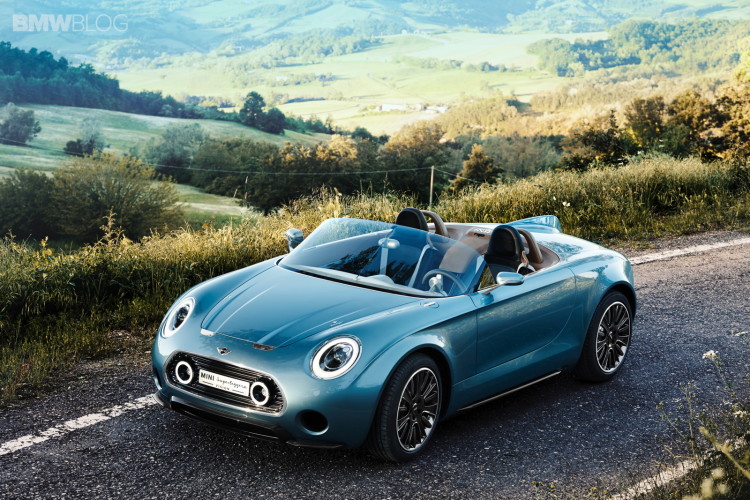The most affordable new vehicle to carry the BMW roundel is the 116, a front-wheel-drive hatchback. Before options, the compact car with a three-cylinder engine costs €32,900 at home in Germany. If that’s out of your price range, MINI charges €28,900 for its entry-level model. It’s a mechanically related Cooper C in the three-door body style.
MINI is showing off the back-to-basics car from Slovakia’s capital Bratislava where the Cooper C was recently photographed. Granted, this isn’t a completely standard configuration of the “F66.” It’s a higher-end Classic Trim with the optional Ocean Wave Green paint job. It also eschews the standard 16-inch wheels in favor of a larger 18-inch set with a two-tone finish.

The Cooper C featured here also happens to have adaptive bi-LED headlights, a sunroof, and other extras, increasing the final bill to over the €35,000 mark. Step up to the Cooper S with its larger 2.0-liter, four-cylinder engine and you’ll be paying considerably more. The more potent John Cooper Works will further increase the asking price once it debuts later this year.
That’s the kind of pricing buyers are facing nowadays, and it seems unlikely the situation will ever get better. With MINI pledging to go fully electric by the end of the decade, it’s hard to imagine cars getting cheaper. EVs are likely to remain more expensive than equivalent gas cars in the foreseeable future. Automakers keep talking about striving to reach cost parity but it hasn’t happened yet. There might be some exceptions here and there, but gas cars generally remain the cheaper option.
While the Cooper C is MINI’s cheapest offering, the most expensive model is the gas-fueled Countryman JCW. The fully loaded configuration is more than €66,000 in Germany. Its electric counterpart with dual motors and all-wheel drive costs roughly the same if you tick all the boxes on the options list.
Source: MINI, Samuel Zaťko / Instagram






























































































